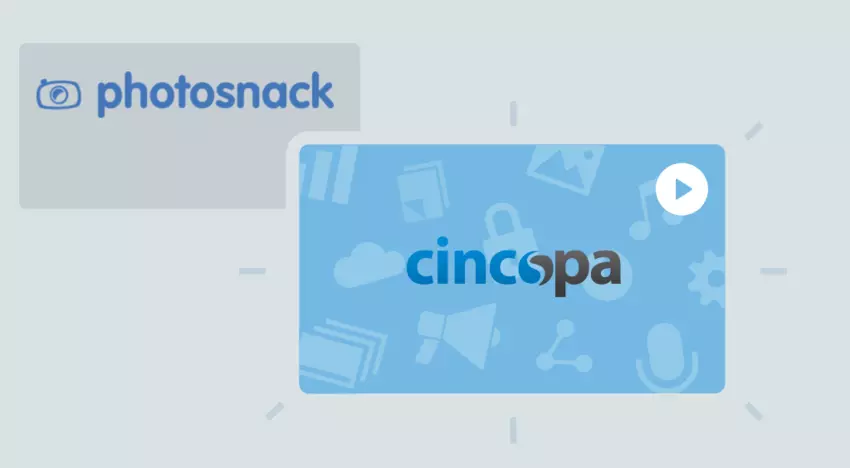The past decade has seen a monumental shift in how people consume content over the internet, thanks to various technological innovations. The landscape has grown so complex and complicated. It’s almost impossible to keep track of everything. However, in this ever-evolving space, video has seen the most dramatic rise.
Whether you work for large corporations or are a small business owner, video marketing affects you in one way or another. To get you off the ground, below are various compiled statistics to help you get a feel for which direction video is going to take in the coming years.
1. Video viewership is projected to rise
- According to a forecast carried out by Cisco in analyzing the growth of video usage since 2016, by 2021, 82% of all internet traffic will be for video. This will be a 9% growth from its initial 73% IP video traffic share in 2016.
- 99% of surveyed marketers reported that they would continue to use video marketing in the following year, according to a 2017 survey.
- Only 19% of businesses currently don’t have video in their toolset, but of this number, 65% intend to start using it in either advertisement or entertainment in 2018.
- Of the surveyed businesses, 82% intend to spend more money on video in 2018. This statistic has remained steady since 2017.
The takeaway: There’s an old saying that goes something along the lines of ‘if it’s popular, it’s popular for a reason.’ The phenomenal growth of video over other types of content is nearly unprecedented. With more and more consumers adopting it as their preferred method of consumption, it’s about time you added it to your toolkit.
2. A lot of videos is consumed every day
- In a month, more video content is uploaded onto the internet than all the major commercial US networks have produced in the last 30 years.
- Over 1 billion hours’ worth of video is watched on YouTube every single day. All the while, YouTube is one of the most trafficked websites in the world, ahead of even Facebook.
- There was a strong correlation between sites that integrated video into their revenue model and the amount of traffic they received in 2018.
- Businesses that rely on video to generate revenue can do so as much as 49% faster than rival businesses that don’t.
The Takeaway: Different kinds of videos are consumed all over the world every single day. So much so that video has become a central part of most people’s lives.
In fact, according to Hubspot, the average person watches 1.5 hours of video a day, while 15% of all participants watch 3 or more videos every day. Taking advantage of its popularity is a definite opportunity for revenue growth.
3. Businesses rely on video to get the job done
- At $135 billion, digital video marketing is one of the largest industries in the United States alone. To give you some perspective of how important video marketing is, businesses spent $83 billion on digital ads as compared to $71 billion on TV commercials in 2017. In 2018, the average company is expected to spend $20,000 on video advertising.
- The figures for how many businesses use video differs. However, the Aberdeen group estimates 41% of all businesses use it. Animoto puts the value at 55% while Wyzowl has the number at 63%.
- A survey carried out by Wordstream found that the majority of interviewed executives, 59%, preferred to use video rather than text.
- The number of businesses relying on videos on their landing pages has jumped from 49% to 60% in the last year.
- 75% of marketers rely on videos to help them reach a greater audience of customers. In one instance, executives reported a 135% increase in reach by using a video rather than the photo in a promoted Facebook post.
The Takeaway: Video campaigns have become the new norm and are the most effective way of getting through to your customers. They will save your team a ton of work, and, granted your system is set up to study user behavior, will ease creating an emotional connection by leveraging video automation. It’s a perfect way to get them to know about your company in 60 seconds or less.
4. Video is very effective
- Having a video on the landing page has been found to increase conversion rates by as much as 80% in some instances.
- According to Forbes, 90% of visitors hang out on sites with videos for much longer than websites without any.
- 90% of customers stated that video helped them to make purchasing decisions, and a further 64% reported they were more likely to purchase after watching a video. These self-reported statistics seem to be in line with Impact’s research. They found a not-so-subtle link between video consumption and increased sales.
- As compared to those who don’t use video, video marketers have been reported to get 66% more qualified leads.
- Wyzowl reports that 72% of people prefer to watch videos rather than read text when they visit a website.
- Businesses that have used videos in emails have reported click-through rates of up to 96% when a video is included in the first email sent.
The Takeaway: One of the greatest strengths of using videos is that it promotes brand recall better than any other form of media. 80% of customers will remember at least one of the videos they have watched within the last month, in addition to the fact that video engagement is a lot easier to achieve.
This is attributed to the fact that video is visaul-auditory, which makes it much simpler to remember than text-based content. If your video is memorable and supplementary steps like a video call to action are taken, so will the brand be, which will translate in more sales.
5. Best practices when creating your own video
- Video engagement drops the longer the video runs dramatically. 5% of viewers stop watching videos after the first minute, while a further 60% don’t watch videos past the two-minute mark. At the same time, 95% of consumers believe that videos should not run for longer than two minutes.
- Thanks to increased video automation, the number of businesses relying on video within email jumped from 36% to 46% in 2017.
- The most effective types of videos have been found to be testimonial videos, product demos, and tutorials, according to Forbes. Similarly, 62% of people are reported to watch at least one video review before making a purchase.
- Video is projected to account for 78% of all mobile traffic within the next year. This number is going to reach over 175 million, with millennial’s watching an average of 36 minutes on their phones daily currently.
The takeaway: The link between video engagement and the length of your video is extremely crucial. It shouldn’t be too long or run the risk of losing viewers early on, nor too short since you won’t be able to impart any useful knowledge. At the same time, your video campaigns should keep market trends like mobile adoption, at least one video call to action and demo videos in mind.
For additional marketing statistics visit Biteable.














